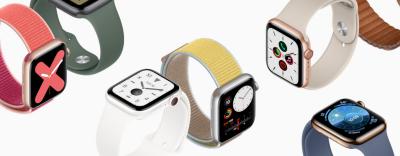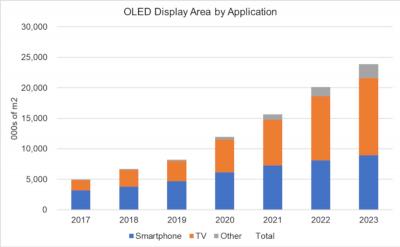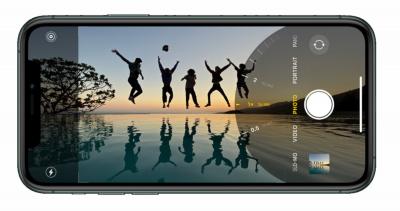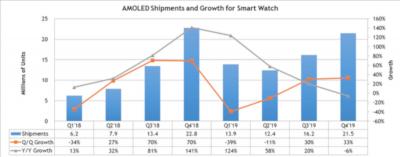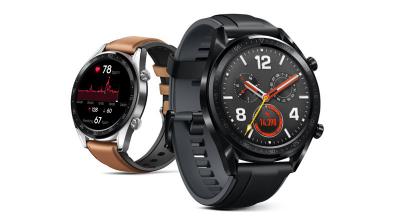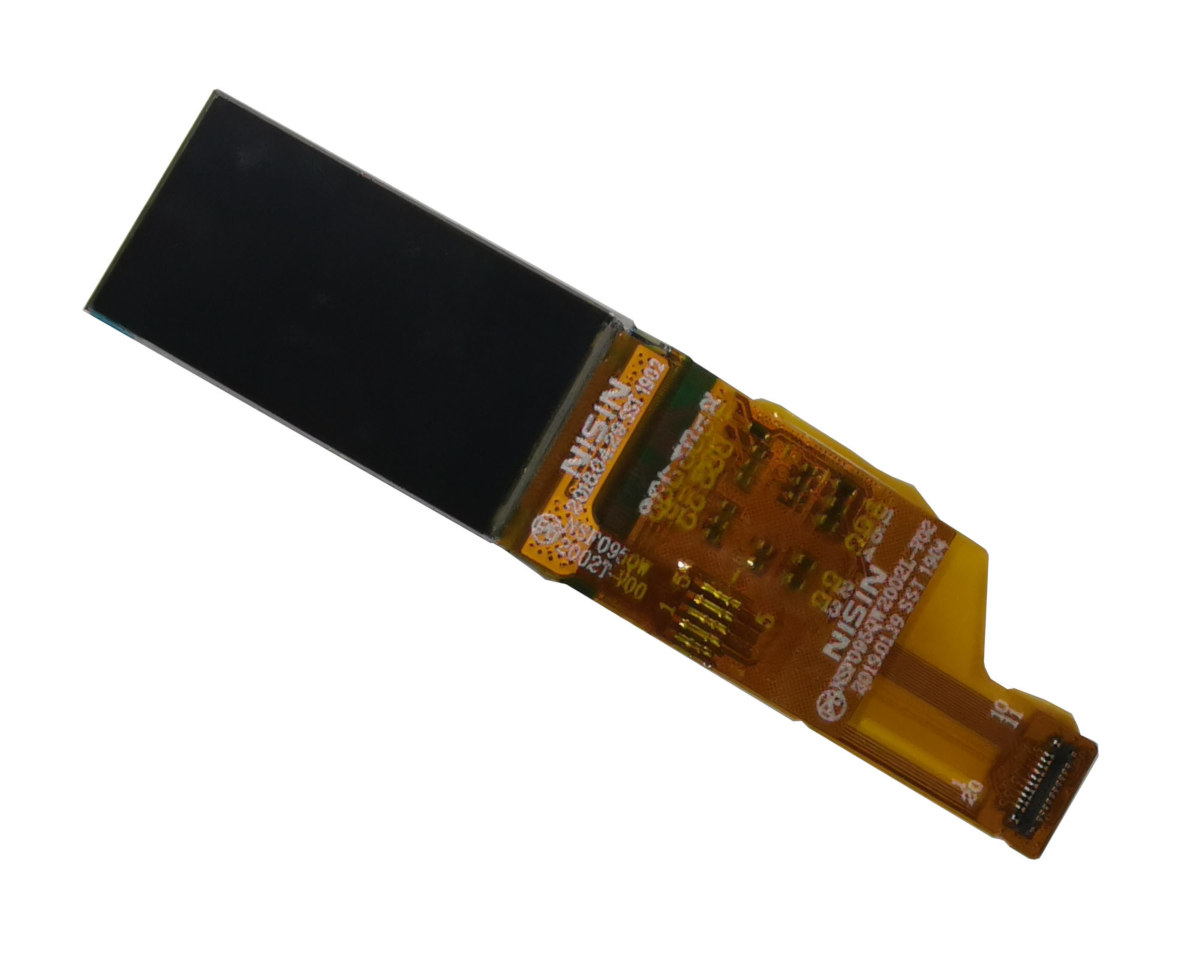What are wearables?
Wearable computers, also called ‘wearables’, are technological devices that can be worn as clothing or accessories. Some wearables are based on relatively simple technology, similar to a scaled-down desktop computer, but some involve innovative technologies. Wearables include different products, such as fitness bands, wearable headsets, smart watches, healthcare monitoring and displays embedded in textiles.
The wearables market is diverse, but faces similar challenges like minimizing size and weight of components, deciding on optimal display location, choosing suitable services and applications to provide and balancing cost-to-price ratios.
What is an OLED?
OLED is a light-emitting diode built from thin films of organic electroluminescent material sandwiched between electrodes. OLED devices emit light when current is run through them, and are used to develop display and lighting panels. OLED screens are thinner, lighter, more efficient and offer better performance and color quality than other existing technologies.
OLEDs divide into 2 groups: AMOLEDs and PMOLEDs, which refers to how the screen is addressed by the electronics of the device. Simple wearables such as fitness bands usually adopt PMOLED displays, while smartwatches and VR headsets opt for AMOLEDs. Here's more information about AMOLED vs. PMOLED technologies.
The OLED wearables market
OLED displays are very popular in the wearables market - thanks to the great image quality, the low power consumption and to the design possibilities enabled by flexible OLEDs. Most high-end smartwatches, fitness bands and headsets adopt OLED displays, including both Apple's Samsung's smartwatches. Here's our comprehensive list of wearable devices that use OLED displays.
Latest Wearable OLED news
